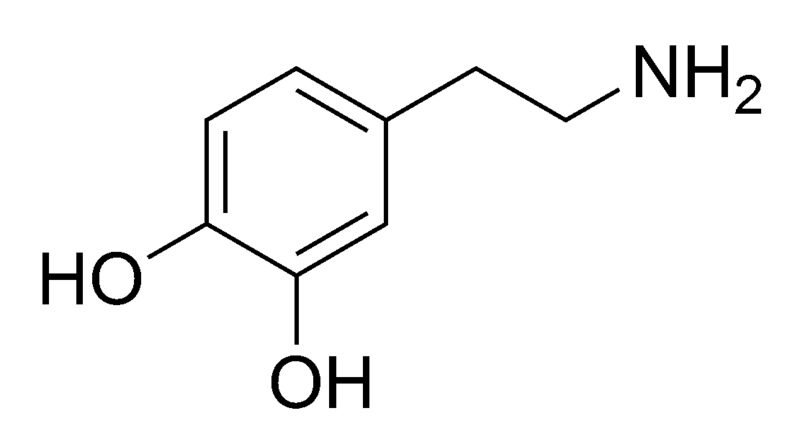The key difference between inotropic and chronotropic is that inotropic is a cardiac drug which affects cardiac contractions (heartbeat) while chronotropic is a cardiac drug that affects the heart rate.
The heart is the most important organ in the blood circulatory system. Starting from the 5th week of fertilization, the heart beats until death. Heart-related problems are most common in modern society. Hence, different drugs are artificially synthesized to address these issues. Inotropic and chronotropic are two such cardiac drugs.
CONTENTS
1. Overview and Key Difference
2. What is Inotropic
3. What is Chronotropic
4. Similarities Between Inotropic and Chronotropic
5. Side by Side Comparison – Inotropic vs Chronotropic in Tabular Form
6. Summary
What is Inotropic?
Inotropic is a cardiac drug that affects cardiac contractions. Medically, they are referred to as inotropes. They help to change the force of heart contractions. There are two types of inotropic drugs: positive inotropes and negative inotropes. Positive inotropes strengthen the force of the heartbeat while the negative inotropes weaken it. Since both subtypes have opposite effects, they are widely used in the treatment of many cardiovascular conditions.

Figure 01: Inotropic Drug
Positive inotropes aid in pumping more blood within a few beats. Hence, this drug is administered to patients with congestive heart failure or cardiomyopathy. Negative inotropes weaken the heart and reduce the heart’s contraction. Thus, this drug can treat individuals with hypertension (high blood pressure), angina (chest pain), and chronic heart failure.
What is Chronotropic?
Chronotropic is a cardiac drug that affects the heart rate. Thus, these drugs are chronotropes. Chronotropes affect the heart rate by influencing changes in the electrical conduction system of the heart. Similar to inotropes, chronotropes are of two categories: positive chronotropes and negative chronotropes. Positive chronotropes increase the heart rate whilst negative chronotropes decrease the heart rate.

Figure 02: Structure of Dopamine, which is a Chronotropic Drug
Chronotropes influence the sinoatrial node (SA node) to change the rhythm. Hence, they are administered to individuals with arrhythmias (abnormal heart rhythms). There are two types of arrhythmias: tachycardia and bradycardia. Tachycardia occurs when the heart beats too quickly, and bradycardia occurs when the heart beats too slowly. Positive chronotrope is provided to patients with bradycardia, to increase the heart rate while negative chronotrope is given to patients with tachycardia to slow down the heart rate.
What are the Similarities Between Inotropic and Chronotropic?
- Inotropes and chronotropes are two types of cardiac drugs.
- Both drugs directly affect the functioning of the heart.
- Moreover, both help to treat different disease conditions related to the heart.
What is the Difference Between Inotropic and Chronotropic?
Inotropic drugs affect cardiac contractions whilst chronotropic drugs affect the heart rate. Hence, this is the key difference between inotropic and chronotropic. Inotropes can treat hypertension, angina, and chronic heart failure whilst chronotropes help in the treatment of arrhythmias. So, this is another difference between inotropic and chronotropic. Moreover, digoxin is an example of inotropic drugs while dopamine is an example of chronotropic drugs.

Summary – Inotropic vs Chronotropic
Inotropic and chronotropic are two cardiac drugs. Inotropic drugs affect cardiac contractions, while chronotropic drugs affect the heart rate. So, this is the key difference between inotropic and chronotropic. Both inotropes and chronotropes have two sub-categories: positive and negative. Positive drugs increase the heartbeat and heart rate, whereas negative drugs reduce both heartbeat and rate. Moreover, inotropes are useful in treating disease conditions such as hypertension, angina and chronic heart failure while chronotropes are useful in the treatment of arrhythmias. Thus, this summarizes the difference between inotropic and chronotropic.
Reference:
1.“Chronotropic Agent.” Encyclopædia Britannica, Encyclopædia Britannica, Inc., Available here.
2. “Inotropic Agents (Inotropes).” Texas Heart Institute, Available here.
Image Courtesy:
1. “Digoxin 1ml vial yellow background” By Wesalius – Own work (CC BY 4.0) via Commons Wikimedia
2. “Dopamine chemical structure” By Cacycle – Own work (Public Domain) via Commons Wikimedia
ncG1vNJzZmivp6x7pbXFn5yrnZ6YsqOx07CcnqZemLyue8OinZ%2Bdopq7pLGMm5ytr5Wau261zairq6egnrBurc2dZJygoqS7sMDRqKeim18%3D